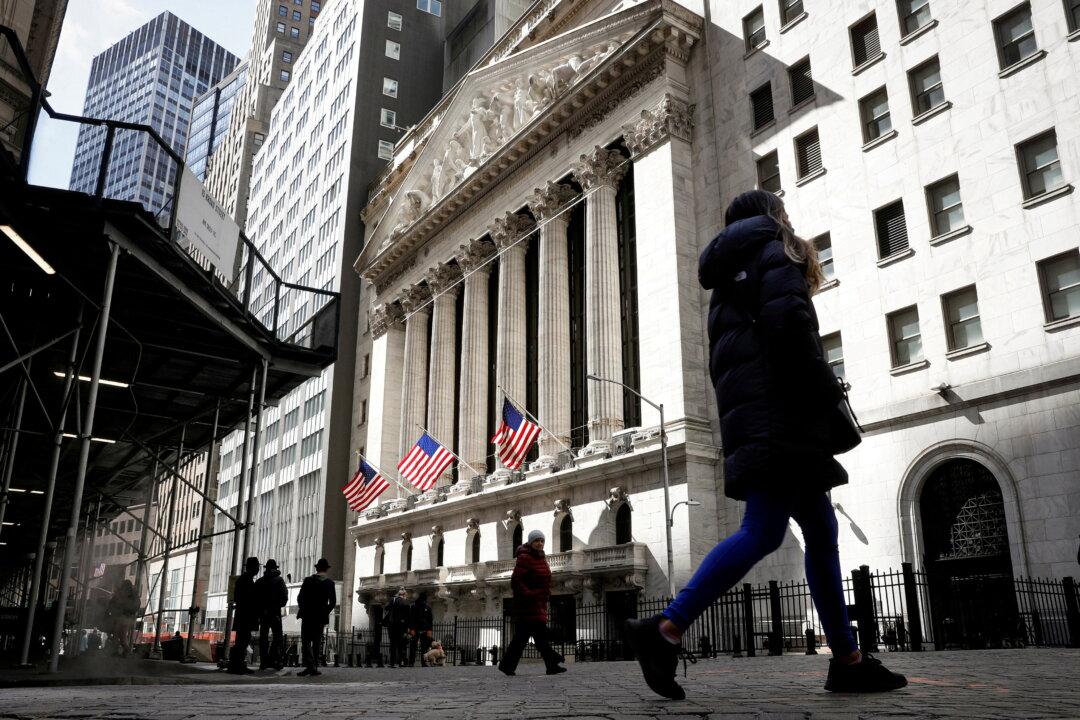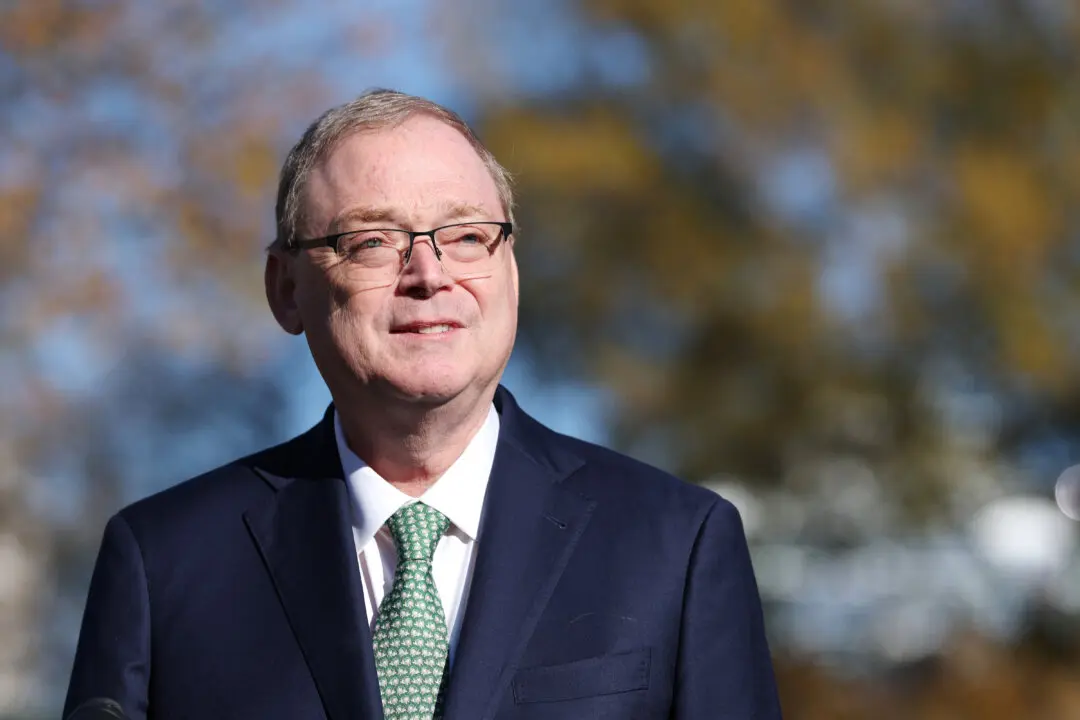European stocks edged down, Wall Street futures remained largely flat, and the dollar hovered near a one-month low on the morning of Sept. 7.
In Europe, the STOXX index of 600 European companies edged down 1.48 points, or 0.31 percent as of 6:30 a.m. New York time on Sept. 7, after recording its second-highest close in history the day prior.





